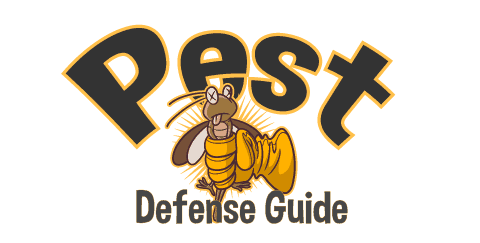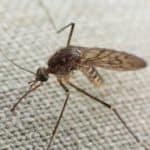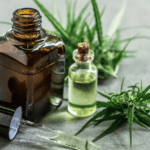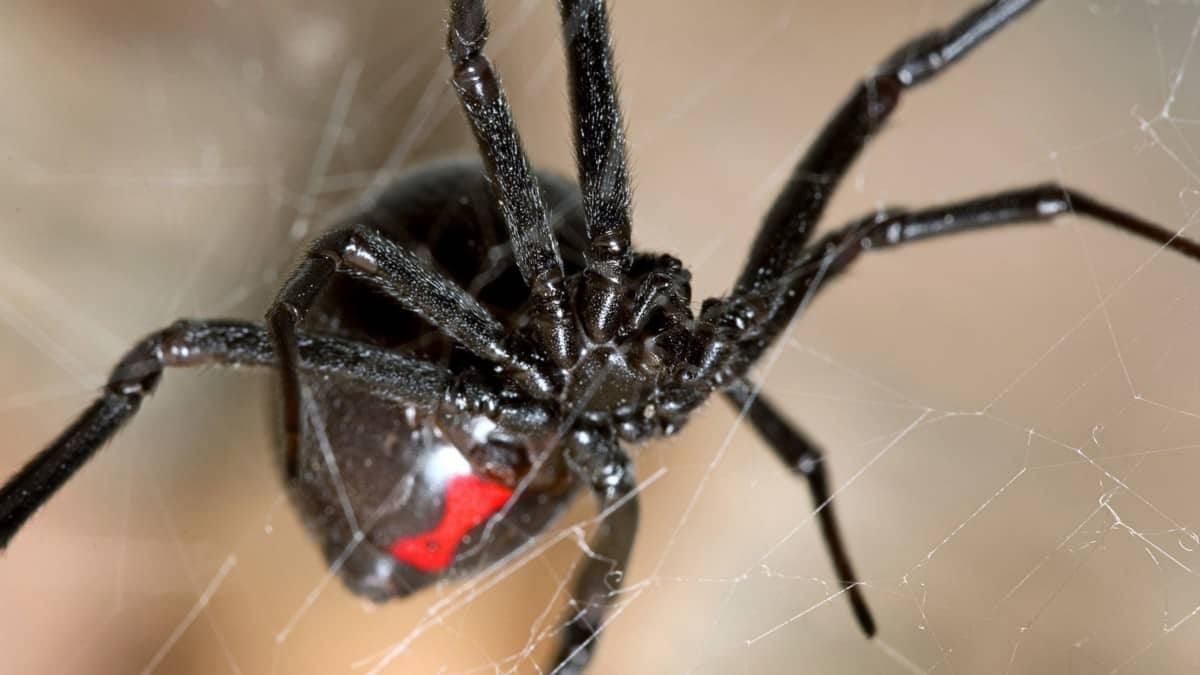Are you tired of pesky pests invading your home but don’t want to use harmful chemicals? Say goodbye to unwanted guests with our comprehensive guide on 10 simple DIY pest control strategies for homeowners! By understanding your pest problem and utilizing prevention techniques, natural pest control methods, DIY traps and bait, barrier techniques, and effective outdoor pest management, you can keep your home pest-free without resorting to harsh chemicals. Let’s get started!
Short Summary
Understand the pest problem by identifying pests and understanding their behavior & life cycles.
Implement preventive techniques such as maintaining cleanliness, sealing entry points, storing food properly & inspecting for signs of pests.
Utilize natural pest control methods like diatomaceous earth or essential oils, use traps and bait to manage cockroaches, and reduce humidity levels with dehumidifiers to repel spiders.
Understanding Your Pest Problem

Before attempting DIY pest control techniques, it is imperative to comprehend the nature of your infestation. You must recognize what pests you have in your residence and learn about their customs as well as their reproductive cycles. Also, being aware of where they thrive most will be vital for tackling this issue effectively with DIY strategies.
Identifying Pests
To begin tackling the problem of household pests, it is important to be able to identify them correctly. Being aware of which insects are beneficial and which can cause harm is key. For example, bed bugs and dust mites may make their home in fabrics such as linens or clothing. Washing these items at least 3-4 times a month will reduce any infestation. It also helps to research online for exact identification so that professional exterminators can give expert advice if necessary.
Pest Behavior and Life Cycle
By understanding the behavior and life cycle of pests, you can determine DIY pest control methods that are most effective. Speaking, household insects progress through egg to larval stage then pupal before emerging as adults.
Cockroaches and beetles mostly hide during daylight hours while ants search for sustenance like food or water which means knowing their habits lets us target them more effectively with diy pest management strategies.
Pest Habitats
Determining where pests are likely to hide is a crucial first step in removing them from your home. Rodents, bats, pigeons and many types of insects live in dark humid areas. It’s essential that wood be kept dry as this lures bugs. Inspection and protection should cover potential access points such as dryer vents, cracks or holes around the foundations, etc.
By doing so you can reduce the risk of infestations taking hold.
Prevention Techniques
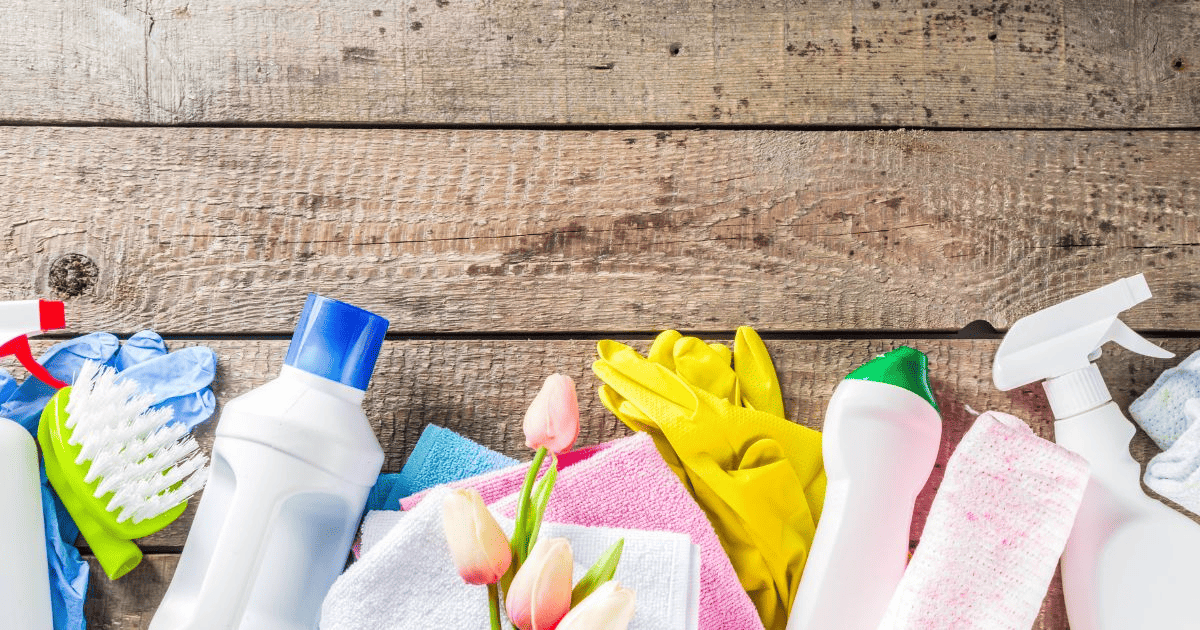
Maintaining cleanliness, inspecting your home regularly and properly storing food are key elements of successful pest control. By taking preventive measures to avoid infestations in the first place, you can prevent damage or unpleasantness caused by pests entering your residence. An ounce of prevention is truly worth a pound of cure when it comes down to dealing with unwanted critters! Sealing up entry points into the dwelling helps keep out bugs and other potentially hazardous creatures so that everyone within stays safe and sound from any potential harm they could cause.
Maintain Cleanliness
It is essential to maintain a clean living space in order to impede pests from taking residence. Routinely vacuuming, dusting and de-cluttering can help erase areas where insects may find refuge. Fix any dripping pipes or faucets that create excessive humidity, which could bring bugs as well as rodents coming around looking for food and shelter. Avoid leaving pet bowls with food and water out during the night. Rather, store food put them away using plastic storage containers instead of cardboard boxes so it’s harder for unwanted visitors like spiders, flies or mice to locate dwellings near your home.
Seal Entry Points
To keep pests from entering the house, it is important to secure openings. Carefully inspect all windows, foundation cracks and crevices in your doors as well as dryer vents, exhaust fans and roof ventilations for any possible pest entryways. Plug them up with expanding foam or steel wool if you find any. Make sure that the damper on a dryer vent isn’t stuck open or missing completely.
Gaps between trim and siding need also be sealed off since they could let critters inside too.
Proper Food Storage
Storing food correctly is essential for avoiding infestations. Ensure that all items are safely stored in clean and airtight containers, with perishable goods refrigerated within two hours of purchase or preparation. Keep cooked and uncooked foods apart so as to prevent any cross-contamination from occurring. Pet and food scraps should be kept out of reach by using sealed plastic cans or lidded metal bins – this will make the dwelling less desirable for potential pests looking for a meal source! Taking this action on managing your edible supply can help fend off undesired critters coming into your home uninvited.
Natural Pest Control Methods
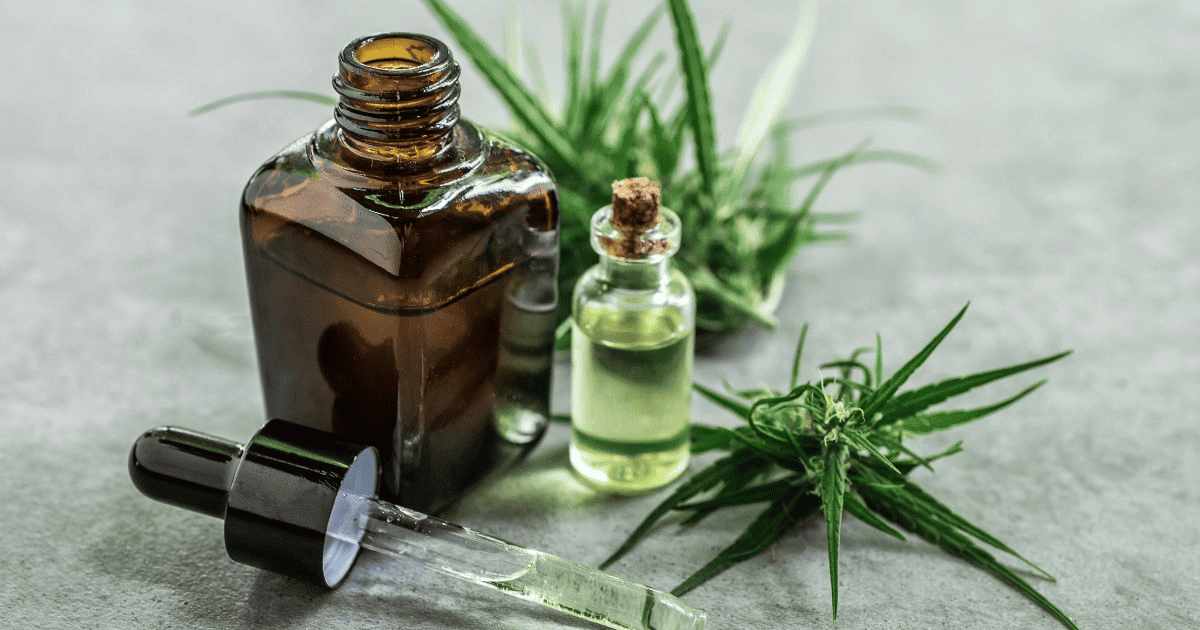
Homeowners are increasingly aware of the health and environmental risks posed by chemical pesticides used for pest control. There are natural solutions to controlling pests that pose no threat to one’s wellbeing or our planet – diatomaceous earth, essential oils, beneficial insects among others. These non-toxic alternatives applying pesticides offer safe but still effective means of eradicating pests in a straightforward manner while preserving human health and nature alike.
Diatomaceous Earth
In order to control pests, such as fleas, mites ticks, lice and ants without using any chemical substances, diatomaceous earth can be used. This natural remedy is a powder that consists of fossilized remains of aquatic organisms which act by dehydrating these bugs.
Be aware however: if inhaled, this substance could result in respiratory irritation. It might get washed away or blown away with rain/wind respectively, so one must consider all possibilities when applying it!
Essential Oils
Using essential oils is an effective, natural way of eliminating pests. They are non-toxic and safe to use around children or animals as they have a pleasant aroma. Peppermint oil, eucalyptus oil, citronella oil and thyme oil all show excellent results when it comes to pest control. Sprays, diffusers or traps can be used in combination with these oils for maximum efficacy against the infestation of insects such as bugs or ants. Pest control is possible through correct usage of these solutions without having any side effects on humans’ health. But instead add a lovely scent that fills up your house!
Beneficial Insects
Beneficial insects such as ladybugs, lacewings, praying mantises and assassin bugs serve to keep pest populations in balance. Gardeners can draw these helpful bugs by providing them with food sources and building habitats for shelter. This helps control pests while keeping the environment safe. Cultivating flowers or herbs plus creating water supplies will attract beneficial insects that help maintain an equilibrium of pests in your home or garden space.
DIY Traps and Bait
In order to efficiently combat pests who, unfortunately, might still manage to enter your home despite all the preventative steps you have taken, setting up DIY traps leftover pesticides and bait can be an effective solution. This involves utilizing common household items as well as ingredients that are easy to acquire in creating particular traps for both insects and rodents.
Rodent Traps
To control rodent populations around pets, using snap traps baited with peanut butter is an effective and humane approach. Place these along the walls to observe for their signature brown droppings as confirmation of capture. An alternate DIY option would be creating a setup where rodents can enter but not escape by placing some peanut butter at the base of an old bucket or similar environment.
Insect Traps
Different types of insect traps can be created from a variety of materials such as plastic, glass containers,, cardboard boxes or even old socks. Vacuum traps are very useful for catching flying insects while the KATCHY Indoor UV Light Insect Trap and DynaTrap Half-Acre Mosquito Trap have also been proven to work quite well. Households may opt for do-it-yourself fly trapping techniques with simple options like vinegar bowl traps that aid in controlling bug populations efficiently too.
Homemade Bait
DIY solutions can be handy in dealing with pesky pests. Sweet ingredients such as honey, sugar and peanut butter mixed with boric acid create a bait that lures the insects into captivity. These homemade concoctions are particularly effective when it comes to ants who seek out sweet things naturally. This is an excellent option for getting rid of these irritating little critters without having to resort to toxic chemicals, pesticide or expensive exterminators!
Barrier Techniques
Barrier techniques, like using window and door seals, mesh screens as well as repellent plants, are great ways to stop pests from entering your house. These methods can effectively keep pesky critters out of sight.
Door and Window Seals
To keep out any unwanted pests, seal all windows and doors with caulk for the small crevices. For bigger gaps or holes, use steel wool alongside a spray foam to guarantee that there’s no access in your home from these intruders. Fit weatherstripping around door frames along with quality door sweep seals under each entryway, both act as an extra precaution against potential invasions.
Mesh Screens
Mesh screens can be used to provide physical protection against unwanted pests entering a residence. They are usually constructed from metal or plastic, and placed on windows or doors. Copper wire mesh sheets, Phifer TuffScreen No-See-Ums, Solar Insect Screening (20×30 mesh) and fiberglass screenings offer superior pest control capabilities that make them extremely effective solutions for deterring these creatures. By using any one of these types of barriers, you will help ensure your home is secure from nuisance infestations!
Repellent Plants
Planting particular types of vegetation around the perimeter of your house or garden can be a great way to deter pests. These repellent plants are proven deterrents against bothersome bugs and include such varieties as basil, lavender, catnip, lemon thyme, marigolds, borage oregano and fennel. Plant these in areas where critters have been known to congregate for maximum effect. Using this method is an effective way to ensure your home remains free from pesky intruders!
Managing Outdoor Pests
Managing pests outdoors can be inconvenient, but there are steps to take to keep them under control. These include getting rid of moles, and maintaining a tidy garden and lawn while also being mindful of box elder bugs. All these factors contribute to successful pest management strategies for the long term.
Mole Control
Trapping is the most reliable way to manage moles, though repellents and barriers can also be put into place. Castor oil in particular has been proven to successfully discourage them from entering a property. Traps are considered one of the best ways of controlling these animals as they provide an easy and efficient means for keeping mole populations at bay.
Box Elder Bug Management
For successful control of box elder bug populations, one should consider using insecticides and caulking up any possible entrance points. A powerful combination of soap and water sprayed on swarms can also help remove them swiftly from the environment. These methods allow for effective pest management while preserving our living spaces’ safety and integrity!
Lawn and Garden Maintenance
Keeping your lawn and garden tidy can be a successful deterrent for pests from settling in the area. To maintain an optimal condition, consistently mowing, weeding, and using mulch are beneficial techniques that contribute to a healthy outdoor space.
By managing these tasks regularly you reduce the chances of unwanted critters establishing themselves as they won’t find this environment suitable for them to survive in the first line.
Dealing with Spiders
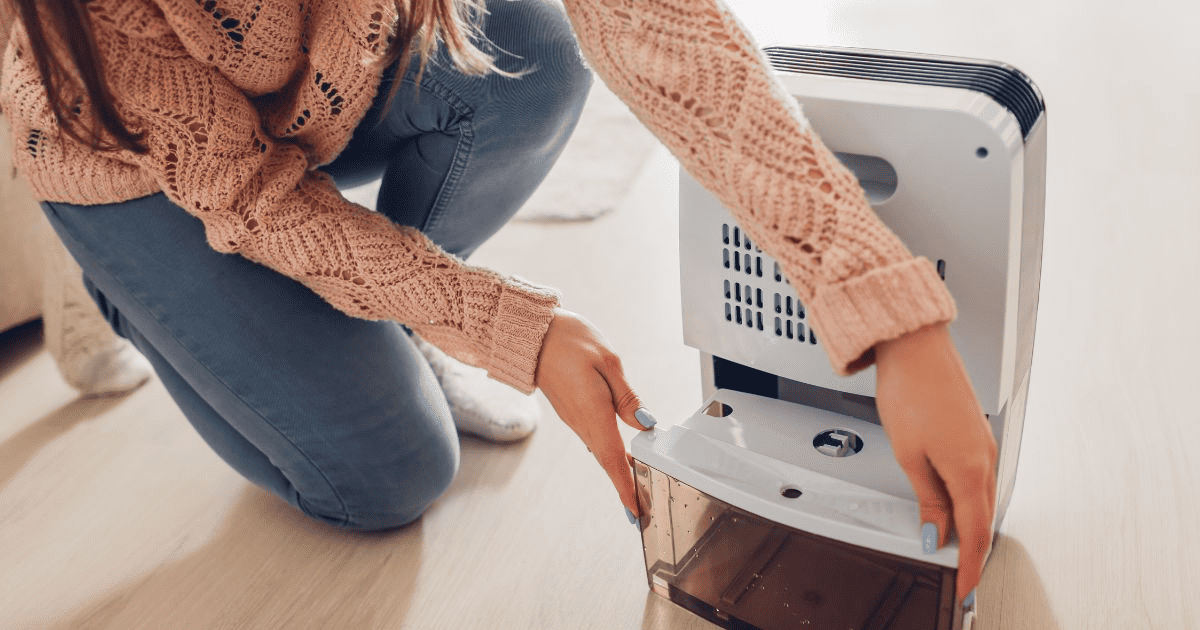
Pests such as spiders can be unwelcome in the home, although they serve a beneficial purpose by controlling other insects. To reduce their numbers and make your living space more comfortable, focus on reducing humidity levels, removing cobwebs that have already been established inside of the house and using natural spider repellents for prevention.
Humidity control is key to eliminating these pests – dehumidifiers are effective at keeping spaces dryer than what’s ideal for arachnids. Regular dusting/cleaning with special attention paid to webs should help significantly diminish any existing infestations. Finally, take advantage of some all-natural alternatives including essential oils or sprays specifically designed against eight-legged critters around entry points or potential hideaways where you notice them most often appearing like basements or closets!
Humidity Control
Maintaining humidity levels at around 45% can make it difficult for spiders to find a hospitable environment inside your home. A dehumidifier is useful in helping regulate the moisture and keep pests away. It’s also important that you cover pots when cooking, leave interior doors open to promote airflow, and store firewood outside of the house so there are no humid spots indoors. Doing this will ensure optimal humidity conditions which discourage spider infestations from occurring within your property.
Cobweb Removal
It is beneficial to routinely remove cobwebs using a vacuum cleaner and its long attachment. By dusting after vacuuming, any trace particles are eliminated. Thus keeping spider populations at bay through regular maintenance.
Natural Spider Repellents
Using natural substances such as peppermint, eucalyptus, tea tree, lavender rose, and cinnamon (as well as vinegar) can help keep spider populations under control without the need for chemicals.
Cockroach Control
Controlling cockroaches can be tricky, but using the right methods is possible. Baiting and trapping them, making changes to their environment, and other tactics may prove useful in tackling an infestation of these resilient pests.
Bait and Traps
Pest control can be effectively executed with the use of traps and bait. Locations such as near food or dim, damp spots are ideal for positioning these items. Suggested baits include: Terro T500 Multi-Surface Roach Baits, Advion Cockroach Gel Bait, Combat Roach Killing Bait, Niban Granular Pest Control Insecticide Bait and Hot Shot Ultra Liquid Roach Trap for maximum results in pest management. By strategizing where you place your trap or poison, you will have a higher likelihood of catching unwanted pests quickly and efficiently.
Habitat Modification
If cockroaches keep coming back, modifying their infested environment can be a helpful solution. This may involve sanitary practices such as cleaning up and preventing. Entry into premises and managing food sources efficiently.
Remodeling affected areas could help limit suitable habitats for roach colonies to inhabit – this would provide an additional step towards eliminating them from your property entirely.
Summary
Maintaining a pest-free environment starts with understanding the pest problem and taking proactive measures. DIY traps, bait, prevention techniques, and natural methods of control can help keep pests at bay without relying on potentially harmful chemicals. Consistent effort is critical to successful DIY integrated pest management and control strategies so that you will have an enjoyable home living experience free from infestations.
Frequently Asked Questions
How to do pest control DIY?
DIY pest control isn’t difficult to do. It is necessary to keep the home neat and uninviting for pests, block points of entry, maintain your outdoor space with regular upkeep. Make sure it stays dry as possible by doing laundry frequently and using plants that are natural remedies against common types of pests in the area.
With these methods one can easily take back control over a specific infestation problem without having expert help or assistance.
What are the 3 rules to pest prevention?
To protect your property from pests, it is essential to adhere to three basic rules: denying them access into the area, eliminating any potential sources of food and shelter for them, and maintaining a partnership with an experienced pest control specialist. Following these guidelines can help you guard against an unwelcome infestation.
It also promotes establishing good relationships with knowledgeable professionals in order to find suitable solutions and preventative measures when needed. Such cooperation should involve routinely checking areas that may be prone to having or attracting vermin, like water supplies or garbage.
Which is the simplest control method of pests?
Pests can be managed straightforwardly and cost-effectively through the use of pesticides. Insecticides such as sprays are easy to apply with minimal effort, making them an ideal choice for many homeowners looking for solutions on how to deal with these pests.
What is a natural method of pest control?
Pest control using natural products and remedies is an effective way to keep pests away while protecting the environment. This strategy might include planting beneficial plants, introducing helpful insects, setting traps and utilizing eco-friendly pesticides like neem oil or garlic extract. Taking such measures can prevent any negative effects on our surroundings from infestations caused by pest populations. Keeping up with these practices can maintain a healthy balance between different species in your area long-term.
Is it better to do pest control yourself?
The most efficient way to keep pests from affecting your home is prevention. If you are confronted with pest problems that require more than DIY pest control measures, it would be best to contact a professional exterminator who can take care of the infestation quickly and safely.
For minor issues with nuisance pests. Using do-it-yourself methods may work as well.
